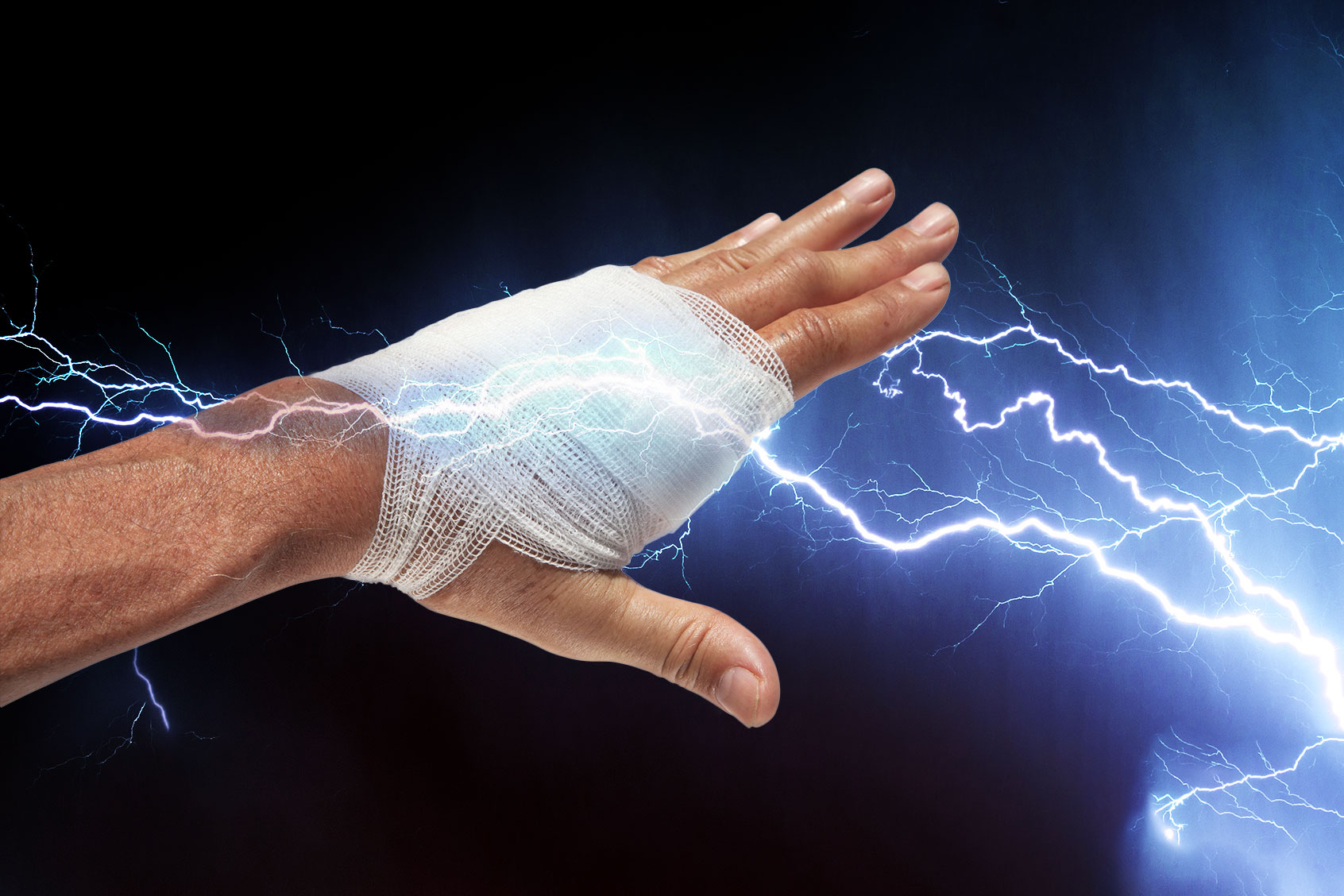When the first residential electrical grids came to life, the world saw it as a utopian project. The miracle of science had brought an invisible force through a wire to their homes — one that could light rooms and make un-living objects move. Much as “AI” has become a buzzword to advertise consumer software nowadays, consumer products of that era advertised that they were superior because they were produced through electricity; Triscuit crackers, for instance, whose name was a portmanteau of “electricity biscuits” and which were produced in electric ovens, were so-named to heighten their appeal. Meanwhile, movies of the early electrification era reflected the fear and the promise of electricity — including the 1931 film adaptation of “Frankenstein,” in which Frankenstein’s monster is brought to life through electricity.
Now that electrification is quotidian, we don’t associate it with magical properties or the ability to restore life through a few choice zaps of the stuff. That makes a new study into electricity’s healing properties all the more surprising for its “Frankenstein”-esque conclusion.
“After stimulating one of those wounds with an electric current, they saw that it healed three times faster than a separate wound…”
The study in question, published by scientists from Chalmers University of Technology in Sweden, found that applying electricity — the same invisible stuff that flows through the device on which you’re reading this — to chronic wounds promoted healing.
If it is commercialized, this relatively simple application could be promising for those who frequently suffer chronic wounds. That would especially help people with diabetes, which includes more than 37 million Americans or roughly one out of every ten people. Along with elderly individuals, people with diabetes are the most prone to developing chronic wounds, or wounds that fail to heal in a timely manner and often stall in the inflammation phase. In addition to be prone to infection and re-injury, chronic wounds are notoriously painful, with patients often reporting this pain as overwhelming the rest of their life. Fast healing of chronic wounds is the only effective permanent treatment. Could electricity therapy could help with that?
The idea, of zapping one’s skin with electricity, might seem bizarre from a biology perspective. Our bodies aren’t circuits, and electrical shocks can hurt, even kill us; so why would electricity promote healing? And what would make such an idea even occur to researchers in the first place?
It turns out that scientists got the idea because skin cells are electrotactic, meaning they move in the direction of an electric field. In other words, if skin cells are floating around randomly in a petri dish, and an electric field appears in the dish, the cells begin moving in the same direction. Roughly speaking, an electric field works on the cells similarly to how a shepherd dog works to control the motion of a once-randomly-moving group of sheep.
Knowing this property of skin cells, the researchers surmised that they could apply electricity to chronic wounds and direct cells in ways that helped them heal more quickly. To test this, the researchers first developed skin cells in a biochip where they inflicted tiny wounds. After stimulating one of those wounds with an electric current, they saw that it healed three times faster than a separate wound which had not received stimulation from electricity.
Similarly, the scientists performed separate tests with skin cells that were altered to mimic the conditions of diabetic patients; a diabetic patient’s wound-healing difficulties, after all, do not necessarily stem from the same origins as the difficulties as those of a non-diabetic patient. Once again, though, applying electricity to the wounded diabetic skin helped it heal three times faster than for the wound where electricity was not applied.
Notably, the electric field was low for all of these experiments, around 200 millivolts per millimeter. (A millivolt is one-thousandth of a volt; in contrast, a tiny AAA battery has a potential of about 1.5 volts, 7.5 times higher). The low voltage meant that the electricity did not damage the cells in any way as a lightning bolt might.
Want more health and science stories in your inbox? Subscribe to Salon’s weekly newsletter The Vulgar Scientist.
Of course, the scientists readily admit that these experiments are mere first steps. They did not occur on real human patients, and for any medical procedure like this to be used by qualified doctors, it must first go through a series of phases that ultimately culminate in well-regulated human trials. The Chalmers researchers recently received a large grant to continue their scientific studies with electricity and wounds, with the ultimate goal of developing a product that can be sold to consumers.
“We are now looking at how different skin cells interact during stimulation, to take a step closer to a realistic wound,” explained Maria Asplund, Associate Professor of Bioelectronics at Chalmers University of Technology and head of research on the project, in a statement. “We want to develop a concept to be able to ‘scan’ wounds and adapt the stimulation based on the individual wound. We are convinced that this is the key to effectively helping individuals with slow-healing wounds in the future.”
As diabetes rates continue to rise in America, there’s an increasing need for wound-healing technologies. The Centers for Disease Control and Prevention (CDC) revealed in January that, if the trends regarding diabetes observed within the period from 2002 to 2017 continue, the number of young people diagnosed with diabetes will increase from 213,000 in 2017 to 239,000 in 2060, including a 3 percent increase for type 1 diabetes and a 69 percent increase for type 2 diabetes.
“In both scenarios, substantial widening of racial and ethnic disparities in type 2 diabetes prevalence are expected, with the highest prevalence among non-Hispanic Black youth,” the authors of the study added.

